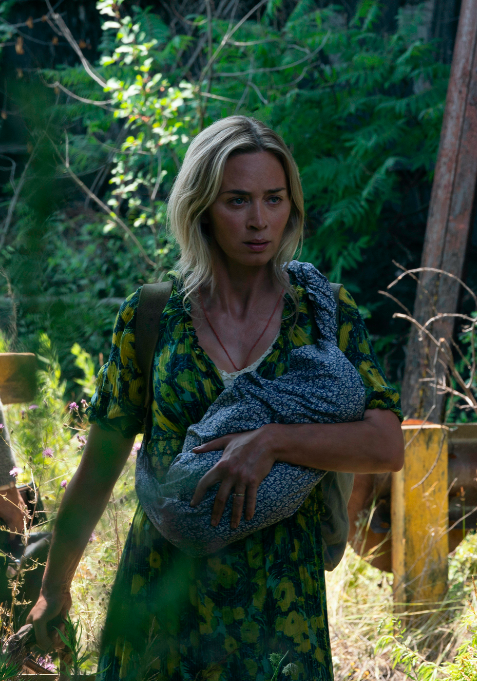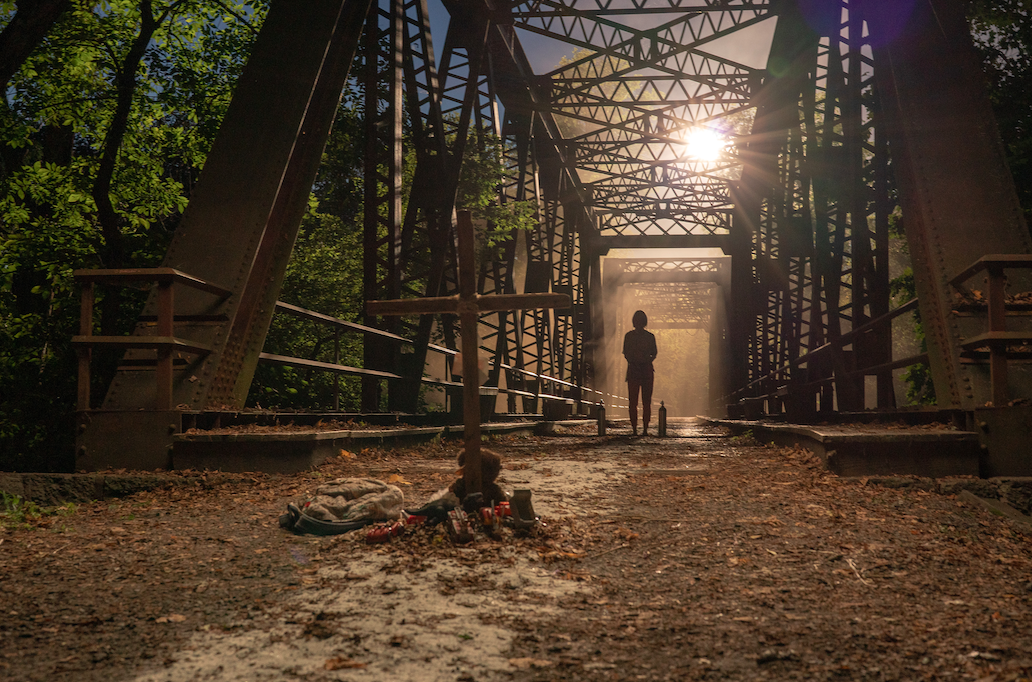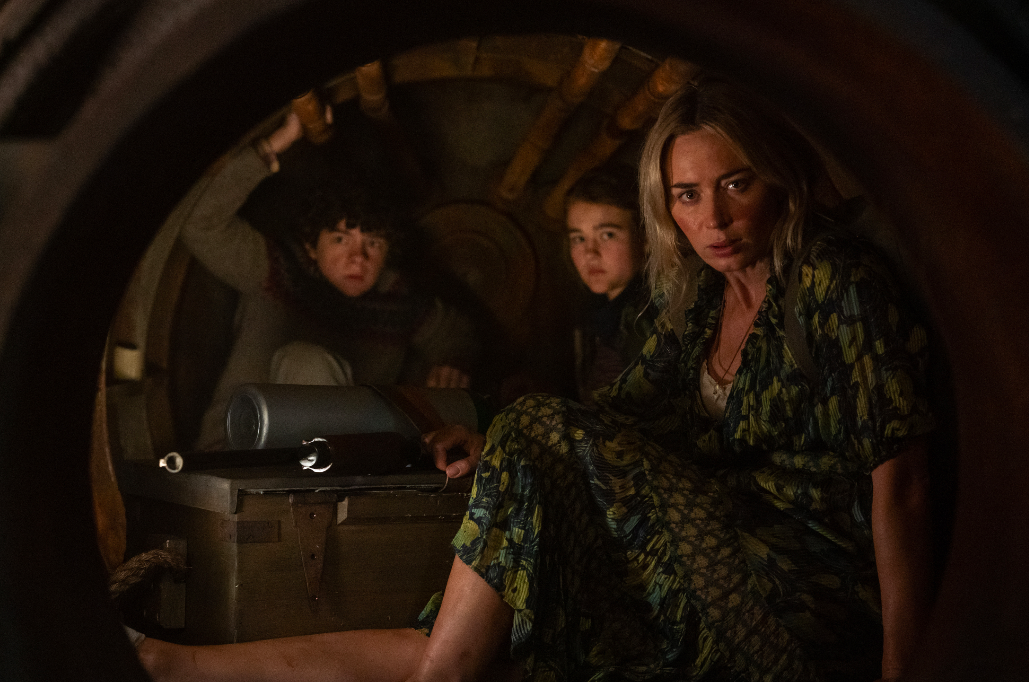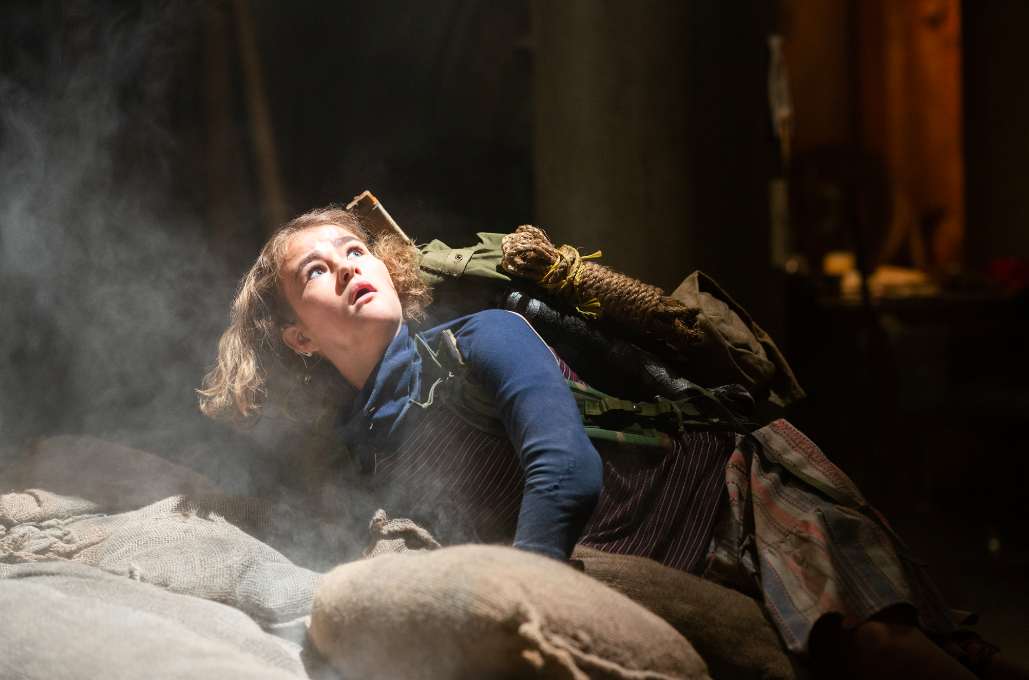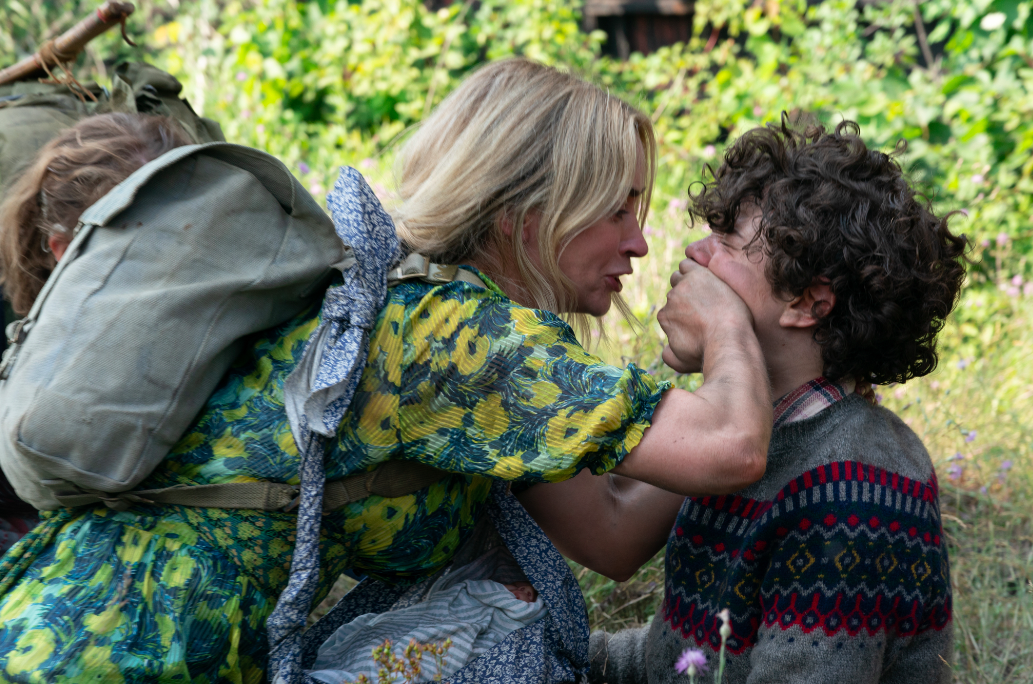At the time of interviewing sound editors Ethan Van der Ryn and Erik Aadahl in early 2020, A Quiet Place Part II, the sequel to John Krasinski’s 2018 horror hit A Quiet Place, was due to hit cinemas a few months later, and the duo had just finished the movie’s audio mix. Little did anyone know that the film would not end up hitting the big screen until over a year later...
It turned out to be worth the wait: at the time of writing, the delayed sequel has become the biggest hit at North American box offices since the start of the Covid-19 pandemic.
A Quiet Place Part II follows what’s left of the Abbott family as they are forced to navigate and survive in a post-apocalyptic world inhabited by blind monsters with a rather acute sense of hearing.
After seeing how much tension can be created by a strategically placed nail in the first movie, I’m keen to hear what Van der Ryn and Aadahl have in store for audiences for round two.
Congratulations on wrapping A Quiet Place Part II! What were your roles in this film?
E.V: We're happy to be done with our movie now. We actually finished the final mix yesterday morning at 7am!
E.A: As the supervising sound editors, we oversee the post production sound department. Our job is to be the ears of the movie, and the whole process of gathering sounds through recording to then designing those sounds, working with people in our team like the Foley artists, the dialogue editor, ADR editors, re-recording mixers, to basically building the whole track, and working directly with our director John Krasinski to fulfil his vision for the movie.
